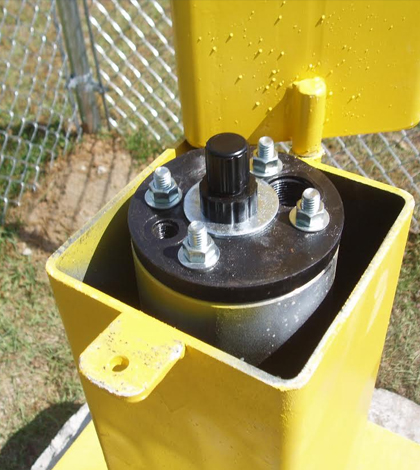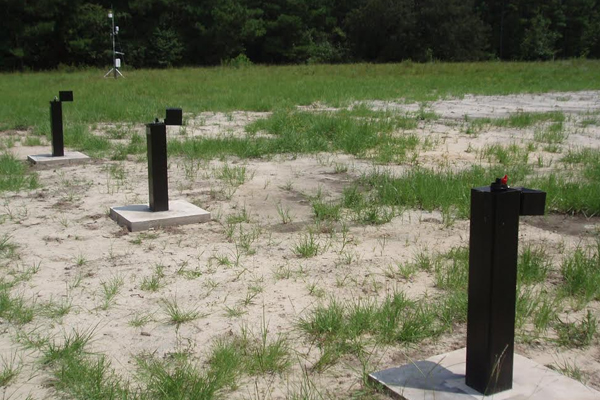Network Tracks Changes In South Carolina Groundwater

A groundwater monitoring well, part of South Carolina’s statewide network. (Credit: Scott Harder / South Carolina Department of Natural Resources)
Like those in most other states, the South Carolina Department of Natural Resources maintains a network of groundwater monitoring stations throughout its territory. For the past 30 years, the network has provided useful data to officials working to manage the water needs of the state.
Over time, of course, hydrologists that oversee the network have had to maintain and replace sensors used to keep data coming in reliably. That work spans about 160 groundwater wells across South Carolina.
In recent years, they have begun phasing out some of the older-model sensors and swapping in new Solinst Levelogger Edge Water Level and Barometric Pressure Loggers. These new loggers are adding hourly data to the three-decade-old dataset that is beginning to reveal some interesting trends about South Carolina’s groundwater supplies.
“Over the past 10 years, Solinst Leveloggers have become the go-to sensor to measure groundwater levels and have gradually replaced our older water level recording equipment,” said Scott Harder, hydrologist with the South Carolina DNR. “The network currently includes approximately 160 wells and Solinst Leveloggers have been installed in approximately 120 of these wells.”

Groundwater monitoring wells, part of South Carolina’s statewide network. (Credit: Scott Harder / South Carolina Department of Natural Resources)
For the remaining 40 wells, Harder says that they are manual wells and typically have no water level sensors installed. At these, as well as at other sites, he and two other hydrologists with the DNR make visits routinely to gather data, perform maintenance and take tape-down water level measurements.
Data on water level are the most important consideration for the hydrologists, though the Solinst loggers do also gather measurements of the water temperature at each site.
“We are using the Leveloggers to collect accurate and continuous water level data in each of the state’s major aquifers,” said Harder.
Some of the key things that the data are helping to inform include trends in groundwater levels; South Carolina’s drought conditions; and how surface waters interact with those underground. Harder says that the data are also being used in developing groundwater flow models that help decision makers to have the information they need, like predictions of groundwater availability and the impacts of withdrawing groundwater.
So far, South Carolina’s groundwater monitoring network has yielded some intriguing trends for some of the state’s aquifers and also proved how valuable it is to those working to keep track of the region’s hydrology.
“Our use of the Solinst Leveloggers has contributed to the identification of long-term declines in water levels for some aquifers in the Coastal Plain of South Carolina. Measured groundwater levels have also been used to evaluate short-term groundwater-level declines resulting from increased irrigation over the past several years in some parts of the state,” said Harder. “These declines have highlighted the importance of maintaining a long-term groundwater monitoring network to assess the future availability of groundwater in the state. Groundwater data will also be used over the next several years to develop groundwater flow models in the Coastal Plain in a collaboration with the United States Geological Survey.”
Top image: A groundwater monitoring well, part of South Carolina’s statewide network. (Credit: Scott Harder / South Carolina Department of Natural Resources)





0 comments